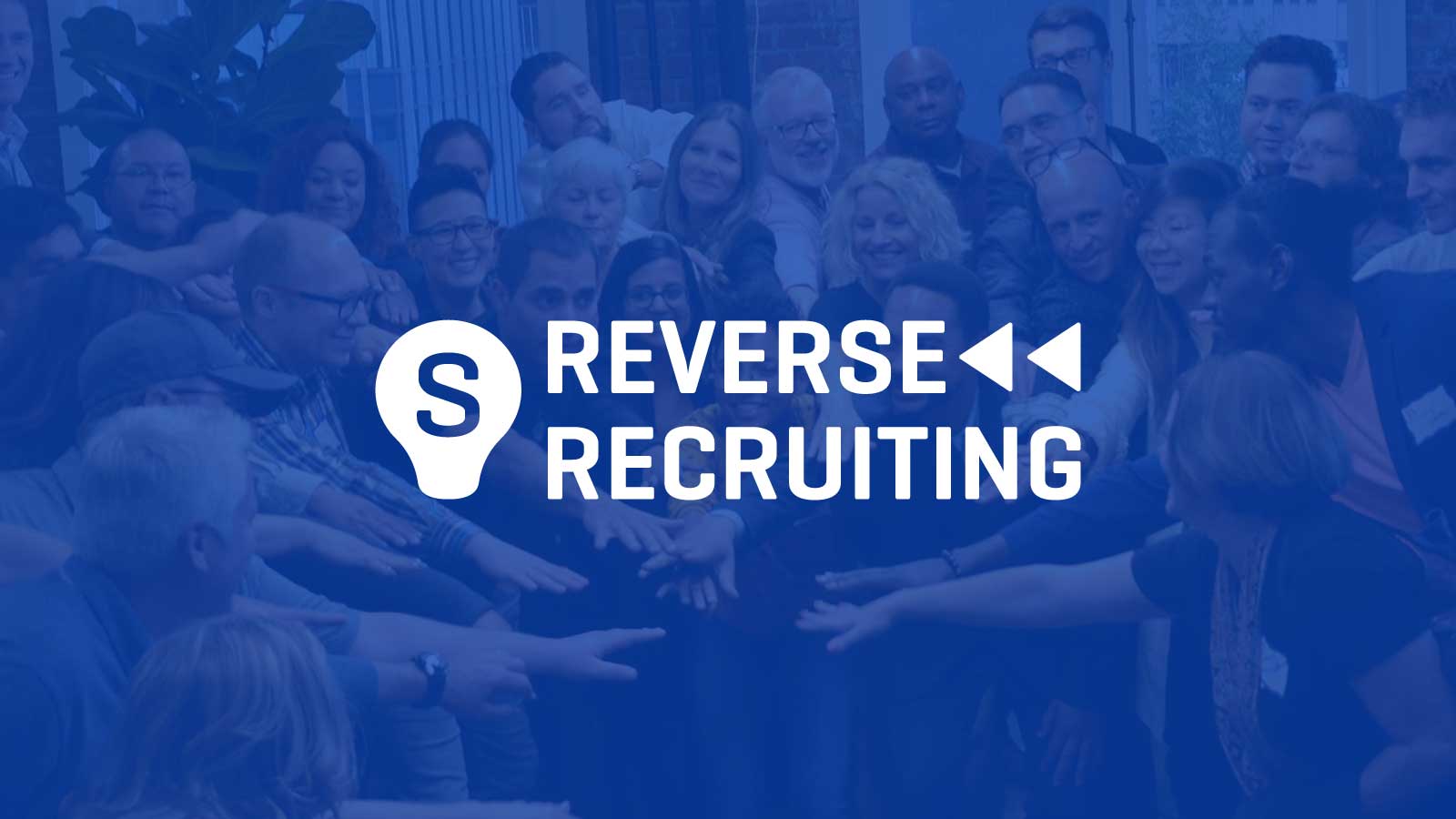Welcome Innovation: Transform Your Hiring Approach with Reverse Recruiting
Welcome Innovation: Transform Your Hiring Approach with Reverse Recruiting
Blog Article
Unlock the Power of Reverse Recruiting Strategies for Effective Ability Purchase
In the world of skill purchase, the landscape is continuously developing, with new methods arising to satisfy the needs of an open market. Amongst these methods, reverse recruiting stands out as a technique that flips the conventional employment process on its head, placing the power in the hands of the prospects. By enticing top talent to look for chances within your organization, reverse recruiting uses a fresh approach to attracting and keeping crucial personnel. As firms aim to stay in advance in the talent video game, unlocking the capacity of reverse recruiting methods might be the trick to securing a solid and dynamic workforce.
Understanding Reverse Recruiting
Understanding reverse recruiting is critical in navigating the progressing landscape of skill acquisition methods. Unlike standard employment techniques where employers look for out prospects, reverse recruiting entails the positive technique of candidates looking for out prospective companies. This standard change places candidates in the driver's seat, enabling them to select business that align with their worths, career objectives, and job choices.
Fundamentally, reverse recruiting equips candidates to take control of their job search process by looking into business, getting to out to recruiters or working with managers directly, and showcasing their abilities and experiences. For employers, this method offers an one-of-a-kind opportunity to draw in top skill who are truly interested in the firm and its objective, promoting a more engaged and devoted labor force.
Advantages of Reverse Hiring
Utilizing reverse recruiting approaches can yield substantial benefits for both candidates and companies in the talent purchase process. For prospects, one of the primary benefits is the ability to have even more control and openness in the task search. By being approached by employers who have actually currently determined them as potential fits for their organization, candidates can feel much more valued and looked for after. reverse recruiting. This can result in boosted job satisfaction and a greater chance of accepting an offer from a company that proactively sought them out.
In addition, reverse recruiting can aid business distinguish themselves in a competitive talent market by showcasing an aggressive and forward-thinking technique to recruitment. Eventually, the benefits of reverse recruiting extend to both candidates and companies by simplifying the working with procedure and cultivating more purposeful links in between the two parties.

Carrying Out Reverse Recruiting Strategies
To successfully integrate reverse recruiting strategies right into a skill acquisition technique, organizations have to prioritize positive engagement with potential prospects. By showcasing the company society, worths, and profession growth possibilities, organizations can stimulate the passion of possible candidates and develop a skill pipe for future needs.
Furthermore, applying individualized interaction techniques can likewise boost the performance of reverse recruiting. By regularly nurturing connections with leading ability, companies can remain ahead in the competitive ability acquisition landscape browse this site and secure the ideal prospects for their team - reverse recruiting.
Leveraging Technology backwards Hiring
In the digital age of skill purchase, utilizing technological developments is paramount for successful implementation of reverse recruiting approaches. Leveraging technology backwards recruiting offers many advantages to enhance the process and attract leading skill properly. Candidate tracking systems (ATS) play a crucial role in taking care of candidate data, tracking communications, and automating interaction, allowing employers to concentrate on building partnerships with prospective hires.
Using data analytics devices can aid employers determine the effectiveness of their reverse recruiting techniques, recognize areas for enhancement, and make data-driven choices to maximize the skill purchase process - reverse recruiting. By embracing technology in reverse recruiting, companies can stay in advance in the competitive skill market and safe and secure top ability effectively.
Determining Success in Reverse Recruiting
Having established the fundamental function of innovation in optimizing reverse recruiting methods, the following critical step depends on successfully measuring the success of these innovative approaches. In the realm of reverse recruiting, conventional metrics like time-to-fill and cost-per-hire may not totally catch the impact of these strategies. Instead, gauging success in reverse recruiting needs a more nuanced technique that concentrates on candidate engagement, company branding enhancement, and lasting skill retention.
One key metric to take into consideration is prospect experience. By accumulating comments from prospects who have actually experienced the reverse recruiting procedure, organizations can gain beneficial understandings into areas for enhancement and recognize strengths to leverage. In addition, tracking metrics connected to employer brand assumption, such as social media belief and Glassdoor testimonials, can provide an extra holistic view of exactly how reverse recruiting is shaping the company's credibility in the ability market.
Eventually, success backwards recruiting must be determined not only by the performance of filling functions yet likewise by the top quality of hires, their placement with business culture, and their long-lasting performance within the company. By embracing an extensive technique to gauging success, companies can truly unlock the potential of reverse recruiting methods for successful ability procurement.
Conclusion

Report this page